A remarkable discovery has captured the attention of historians and archaeology enthusiasts—a rare 150-year-old Japanese coin was found buried in the village of Rewal, located along Poland’s Baltic coast. This intriguing find sheds light on historical global interactions and the movement of goods and cultural artifacts in an increasingly interconnected world.
Discovery of the Japanese Coin in Rewal
This Article Includes [hide]
The coin, oval-shaped with a central hole and adorned with inscriptions, was discovered by a local resident while working on arable land. Buried just a few centimeters beneath the surface, the artifact has sparked widespread curiosity due to its unexpected location in Western Pomerania, a region with no direct historical ties to Japan.
Grzegorz Kurka, the director of the Kamień Land History Museum, emphasized the significance of the find, describing it as “extraordinary evidence of global connections” in a time when the world was far less connected than today.
Tracing the Coin’s Journey to Poland
The origins of the coin’s presence in Poland remain speculative but offer fascinating possibilities. According to Kurka, the coin likely arrived in the region through one of several routes:
- Maritime Trade and Travel: The coin could have been part of a collection brought by a European merchant, sailor, or traveler. Trade between Europe and Japan, while limited during the 19th century, was facilitated by the Dutch East India Company and grew after Japan opened its borders in 1854.
- Souvenir or Collection: It is possible the coin was brought to Pomerania as a souvenir or part of a private collection, later lost or forgotten amidst the chaos of 20th-century conflicts.
Historical and Numismatic Significance
The coin is dated between 1835 and 1870, a period corresponding to the late Tokugawa shogunate and the dawn of the Meiji era in Japan. With a nominal value of 100 mon, it was made of copper, lead, and tin, reflecting Japan’s currency system before modern economic reforms.
This specific period is notable for significant changes in Japan, including the end of its feudal government and the introduction of modernization efforts. The coin thus represents not only a piece of numismatic history but also a symbol of a transformative era in Japan.
A Global Artifact with Local Importance
The presence of a Japanese coin in Rewal serves as a poignant reminder of the interconnectedness of history. Despite the geographical and cultural distance, the find illustrates how trade, exploration, and the movement of people created surprising connections between distant parts of the world.
“The coin symbolizes both local cultural richness and the global impact of history,” Kurka noted, highlighting its dual importance as a relic of both regional and international significance.
Next Steps: Preservation and Display
To ensure its longevity, the coin will undergo conservation work before becoming a centerpiece at the Kamień Land History Museum in Kamień Pomorski. The museum’s plans to showcase the artifact aim to educate visitors on its historical context and broader implications for understanding global history.
Conclusion
This extraordinary find in Rewal offers a glimpse into a world where even isolated regions were touched by global events and exchanges. As the Japanese coin takes its place in the museum, it continues to tell a story of interconnectedness, cultural exchange, and the enduring impact of history.
THIS IS ONLY A BLOG POST FOR INFORMATION – WE DO NOT BUY, SELL, OR APPRAISE THESE ITEMS

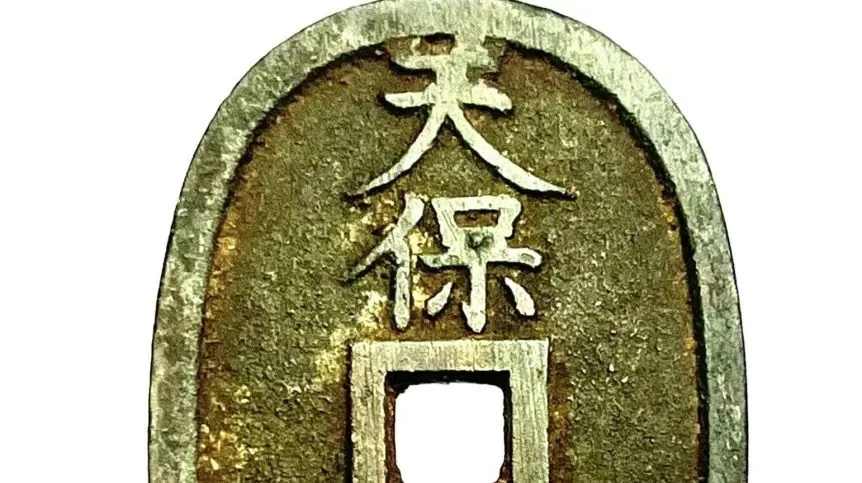
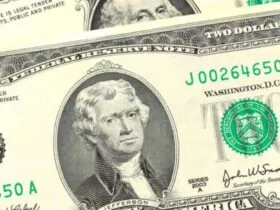
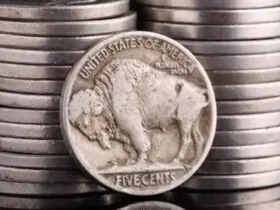
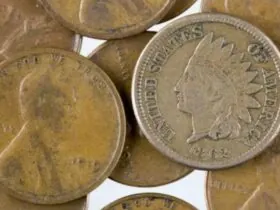

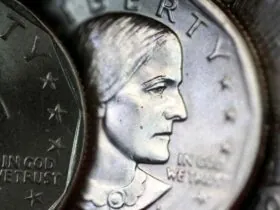
Leave a Reply